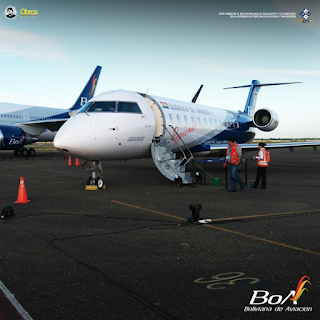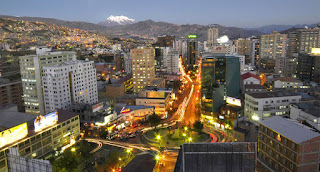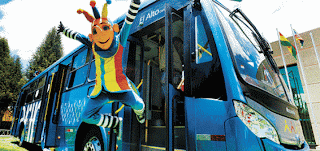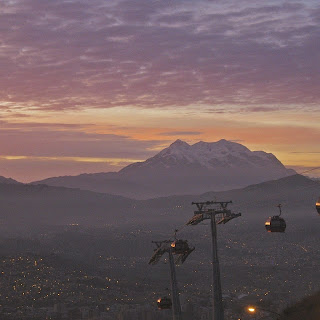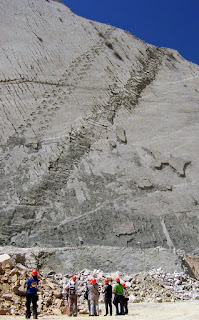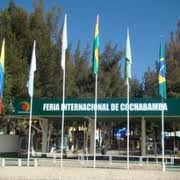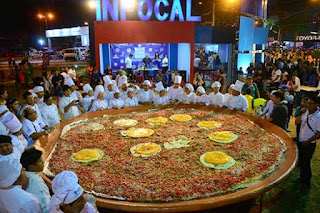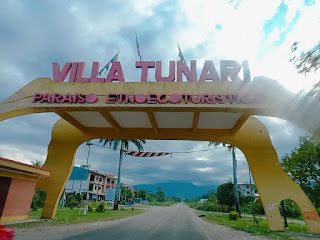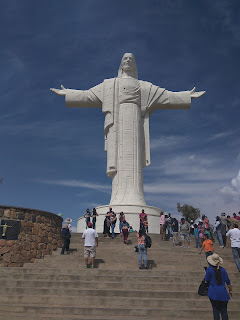
Located on 'Cerro San Pedro' on the east side of the city of Cochabamba, is the second largest Christ in the world with 40.44 meters (132 ft) (34.20 m -112 ft- from the image and 6.24 m -20 ft- from the pedestal), only behind the Cristo Rey de Swiebodzin in Poland. Located at 2842 masl (9324 ft) it rises almost 300 meters (985 ft) above the city and can be seen from practically the entire city. Built in commemoration of the arrival of Pope John Paul II, it was inaugurated in 1994, after 7 years of construction by a private initiative of some citizens. The statue was conceived with open arms to ask the protection of Christ to the city and to remember the hospitality of the people of Cochabamba. There are many ways to get to this place, the most challenging way being to walk up the 1,399 steps from the slopes of the hill. Another way is through the cable car, very crowded on weekends, which has been in operation for more than a decade and allows you to see the city from another
